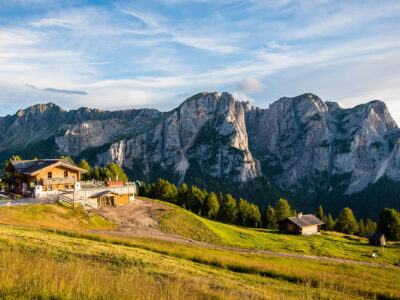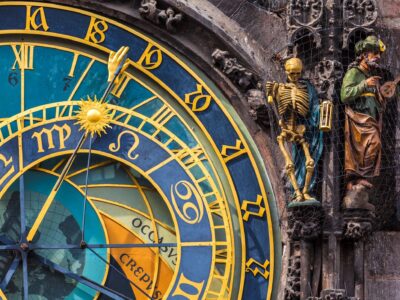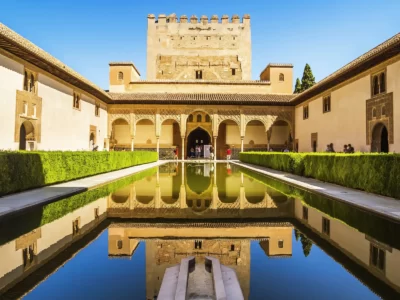Culture and history info
Spain is famous around the world for Flamenco music and dance, bullfights, fantastic beaches, and lots of sunshine. But what people sometimes forget is that Spain has been one of the cultural centers of Europe for thousands of years.

Spain has an extraordinary artistic heritage. The dominant figures of the Golden Age were the Toledo-based artists El Greco and Diego Velázquez. Francisco de Goya emerged in the 18th century as Spain's most prolific painter and he produced some wonderfully unflattering portraits of royalty. The art world in the early 20th century was influenced by a remarkable group of Spanish artists: Pablo Picasso, Juan Gris, Joan Miró and Salvador Dalí, ambassadors of the artistic culture in Spain.
 HISTORY OF THE ALHAMBRA OF GRANADA
HISTORY OF THE ALHAMBRA OF GRANADA
The history of the Alhambra is linked to the geographical location where it is located, Granada; On a rocky hill of difficult access, on the banks of the river Darro, protected by the mountains and surrounded by forest, among the oldest districts of the city, the Alhambra rises like an imposing castle of reddish tones in its walls that hide to the Exterior the delicate beauty of its interior.
Designed as a military zone at the beginning, the Alhambra became the royal residence and court of Granada in the mid-13th century after the establishment of the Nasrid Kingdom and the construction of the first palace by the founding king Mohammed ibn Yusuf Ben Nasr, better known as Alhamar.
Throughout the s. XIII, XIV and XV, the fortress becomes a citadel of high walls and defensive towers, which houses two main areas: the military zone or Alcazaba, barracks of the royal guard, and the medina or palatine city, where the famous Nasrid Palaces and the remains of the houses of nobles and plebeians who lived there. The Palace of Carlos V , (built after the city was seized in 1492 by the Catholic Monarchs) , Is also in the medina.

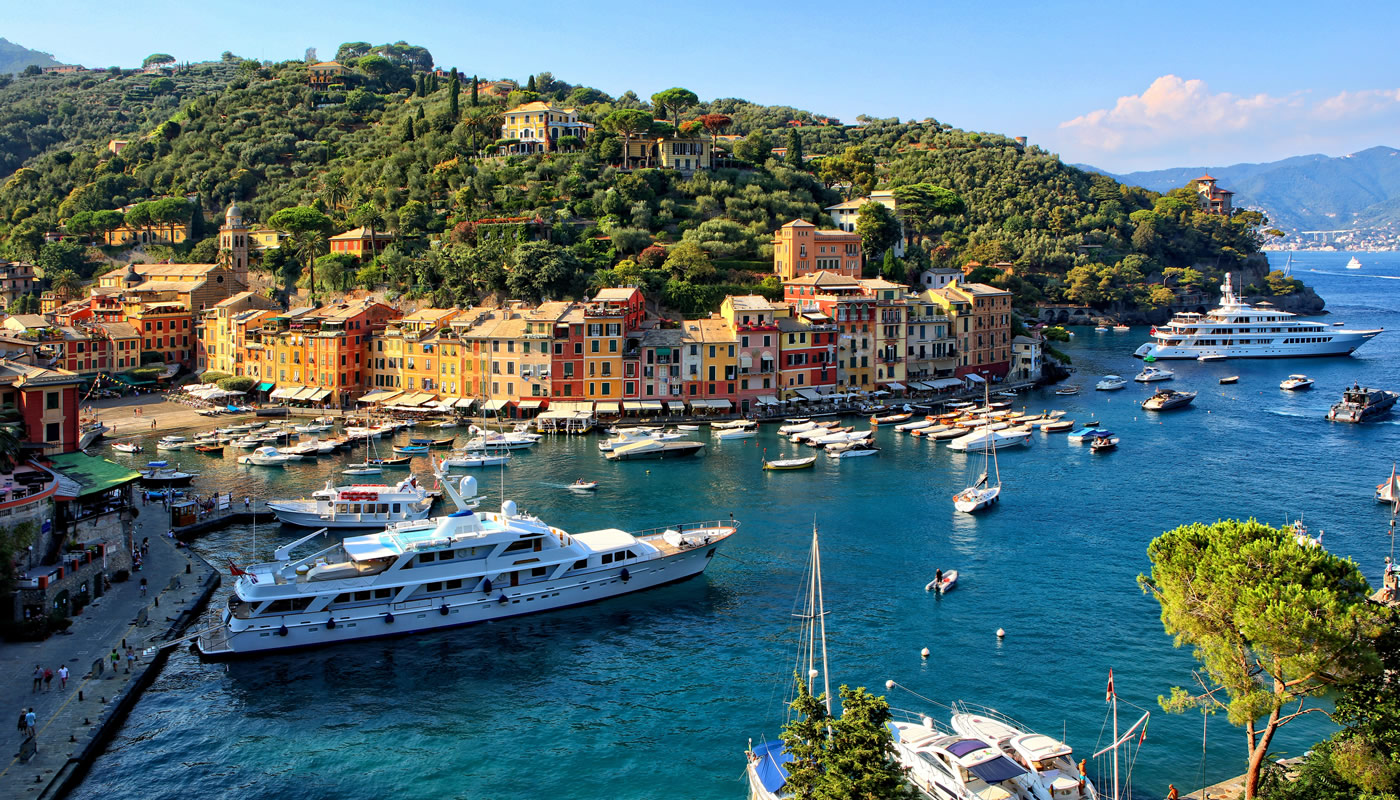

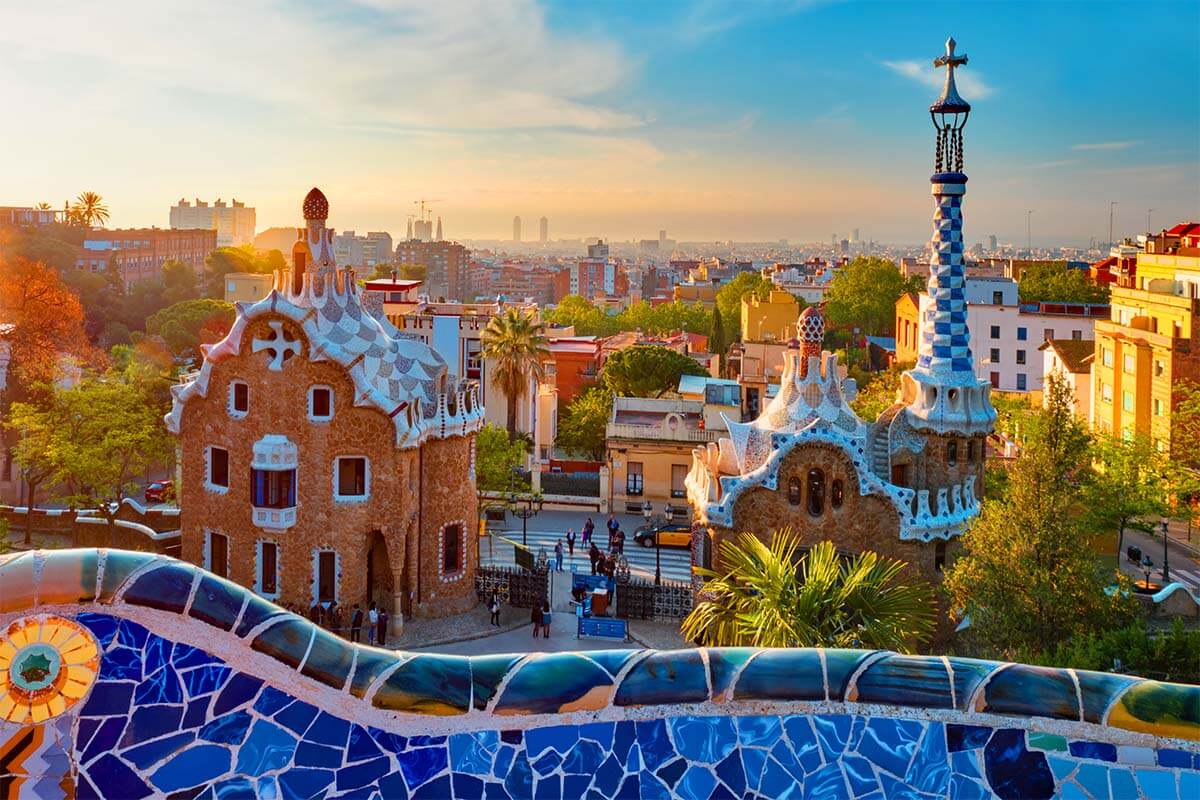
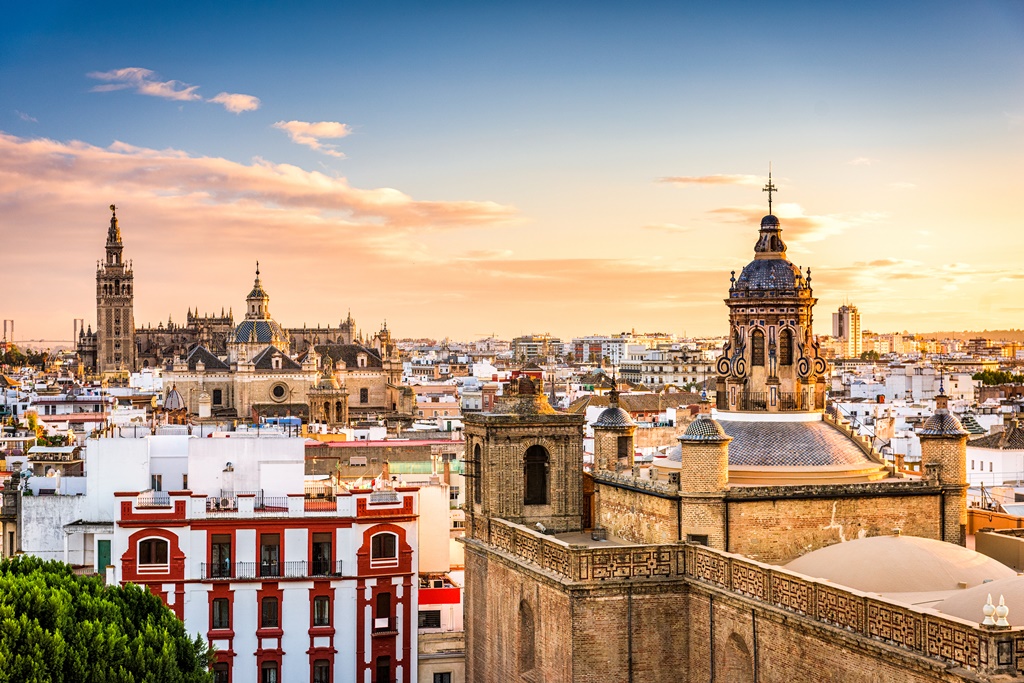
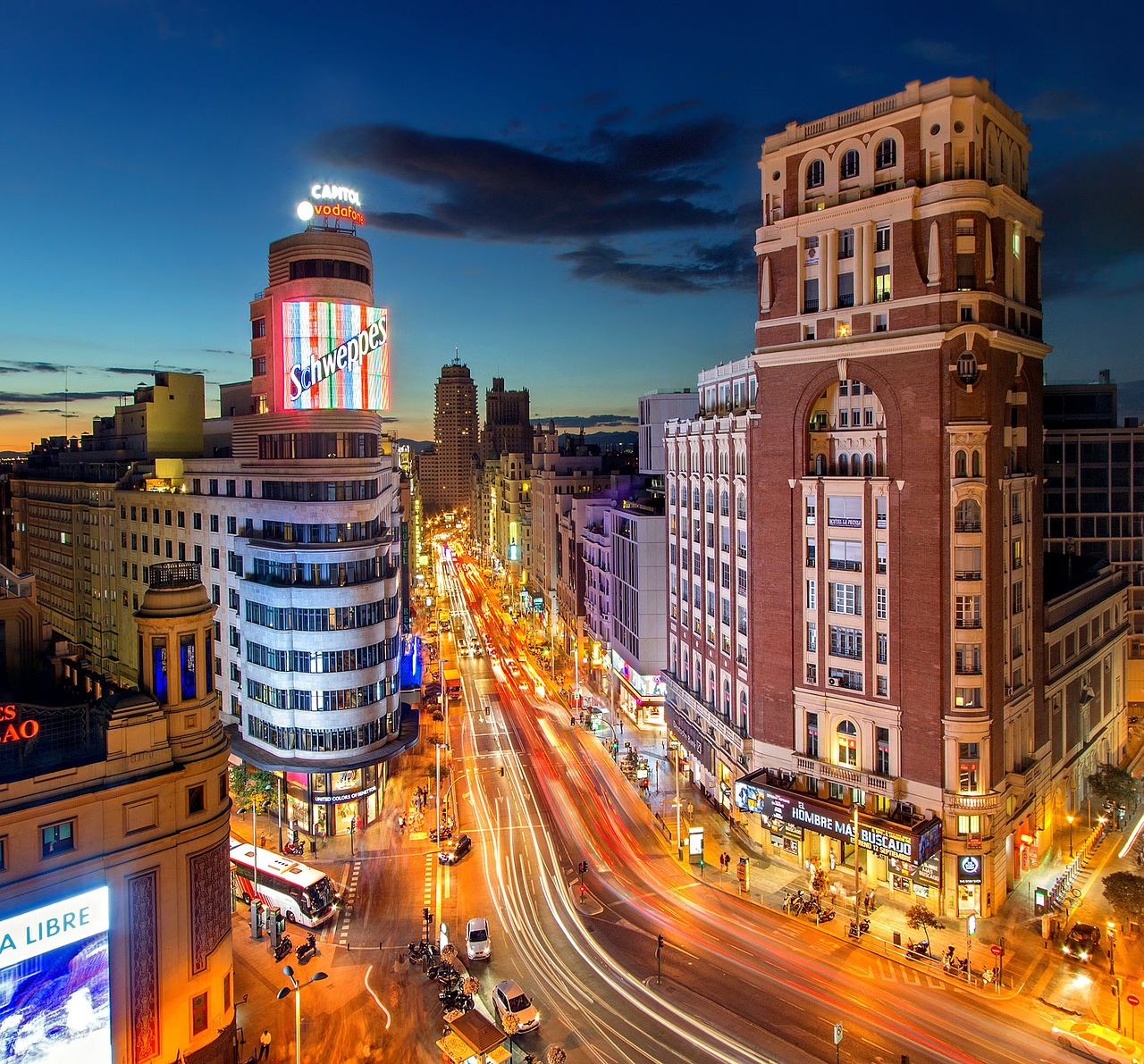



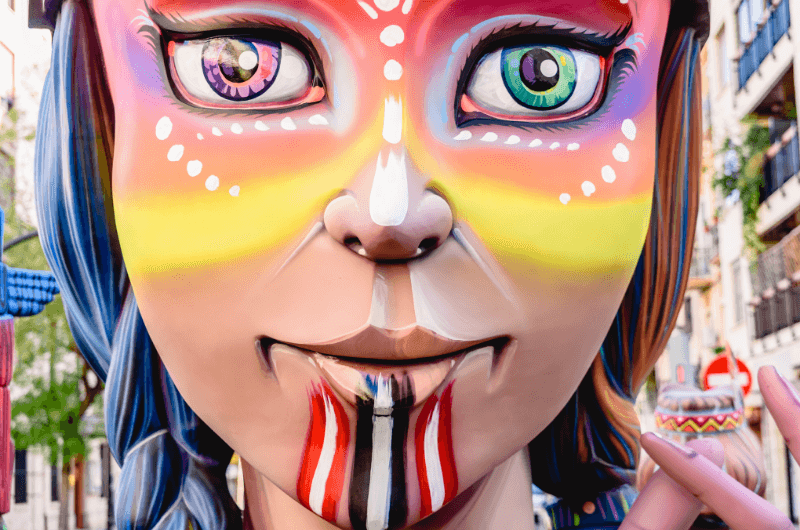

 HISTORY OF THE ALHAMBRA OF GRANADA
HISTORY OF THE ALHAMBRA OF GRANADA

